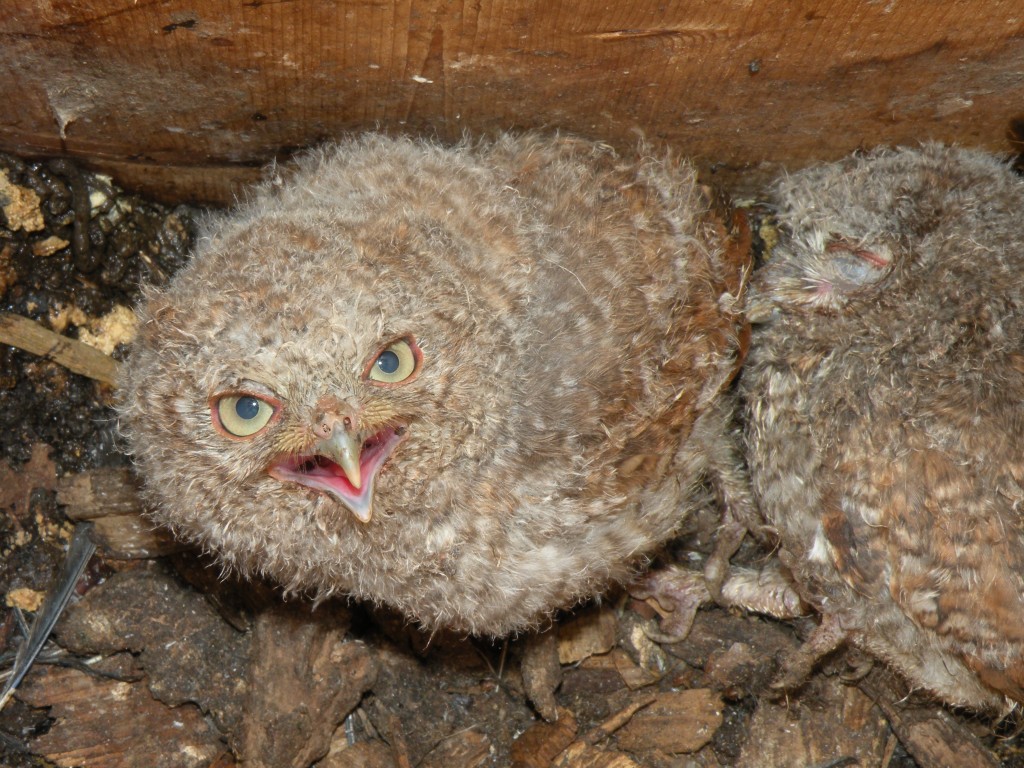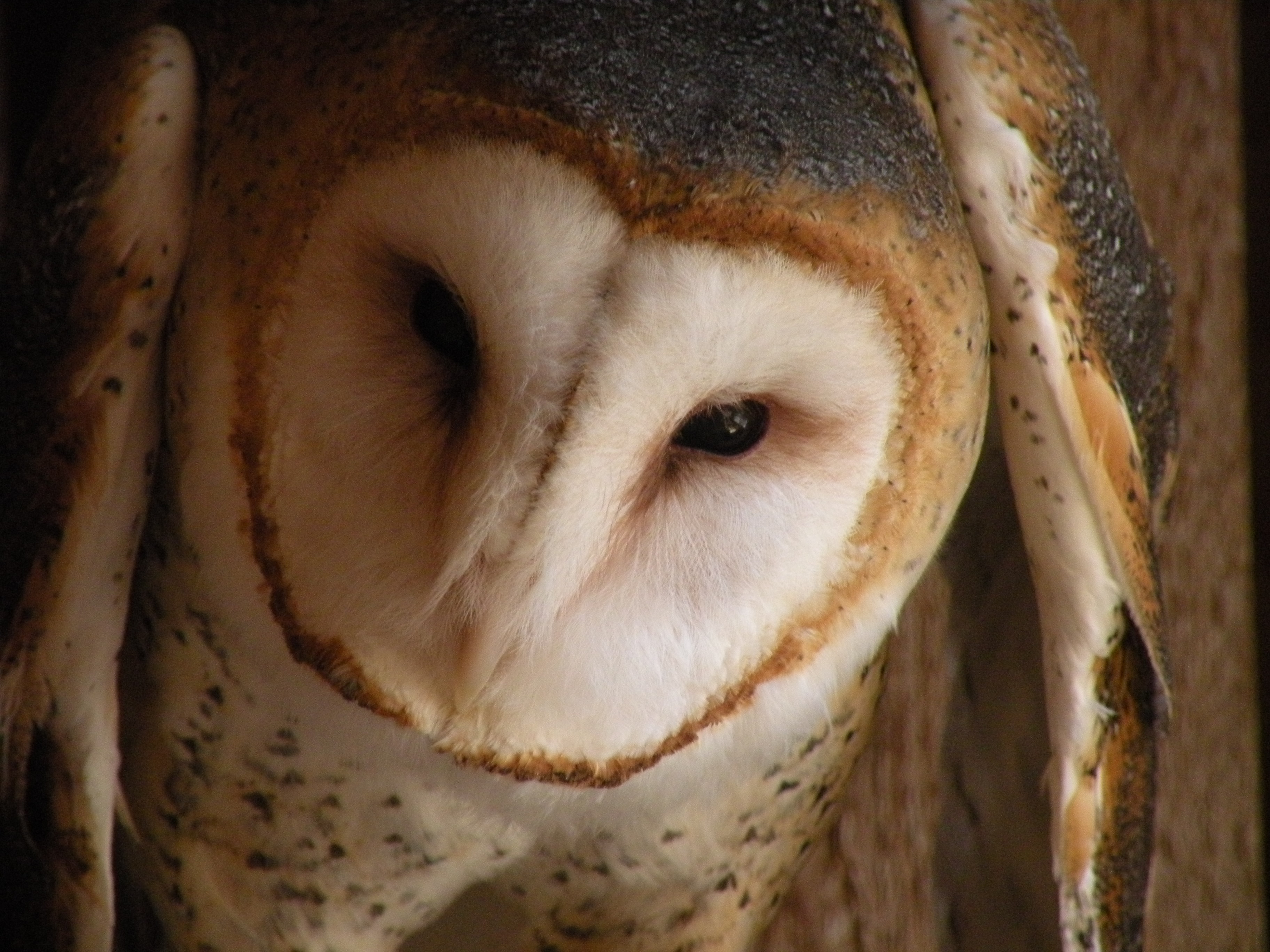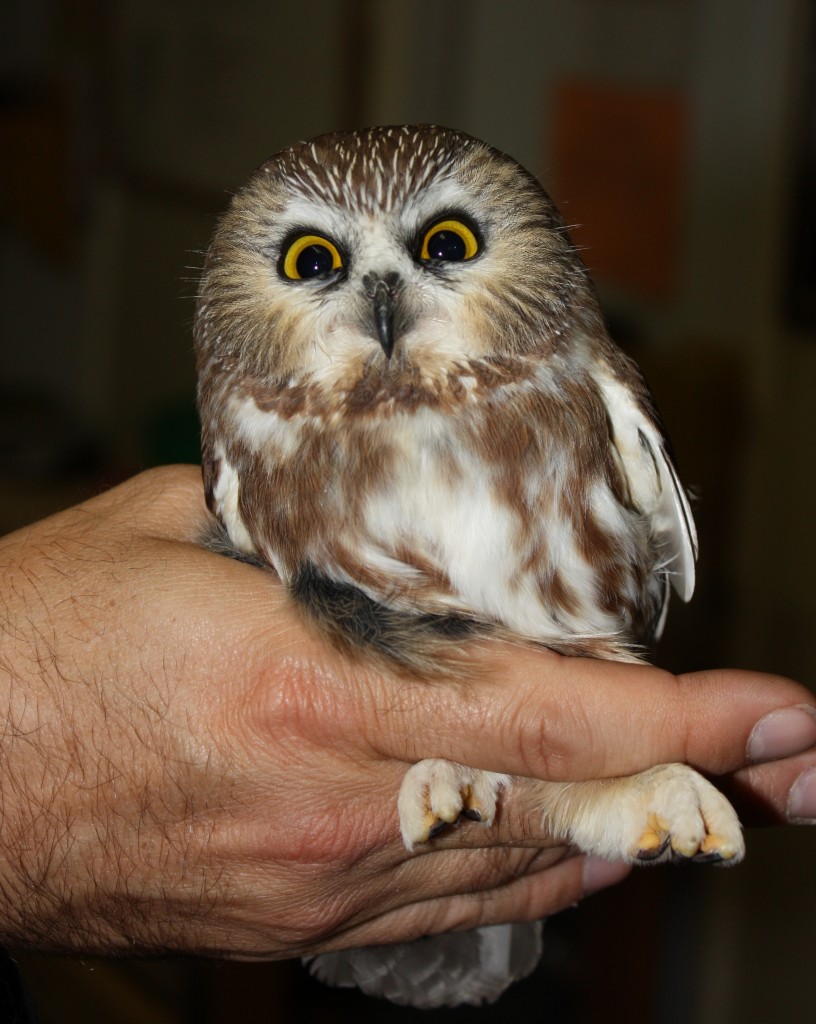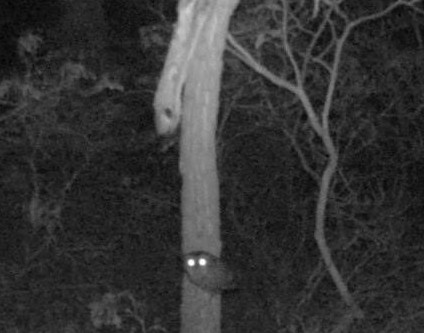Many people are fascinated with nocturnal animals due to their mysterious nature and strategies for living out a great deal of their lives in the dark. Perhaps the first nocturnal animal that comes to the mind of many is the owl. Owls belong in the group of birds called raptors, which also include the hawks, eagles, and falcons, all of which are diurnal. Most birds in this group are armed with sharp beaks and strong grasping talons used to overpower and eat prey, which can include everything from insects, amphibians, reptiles, birds, and small mammals, depending on the species of raptor.
Owls are the top predators of the forest during the night, and have a variety of adaptations to cope with the darkness. An owl’s eyes are very conspicuous and make up of a large percentage of the head – both eyes together weigh more than the owl’s brain. The large eyes allow for the owl to absorb as much light as possible so that they can see effectively in the dark. However, the owl’s eyes are fixed in their sockets and they are not able to move them independently. So in order to look around, the owl has a series of 14 neck vertebrae (compared to a human’s seven) that allow it to rotate its head on a roughly 280 degree swivel.
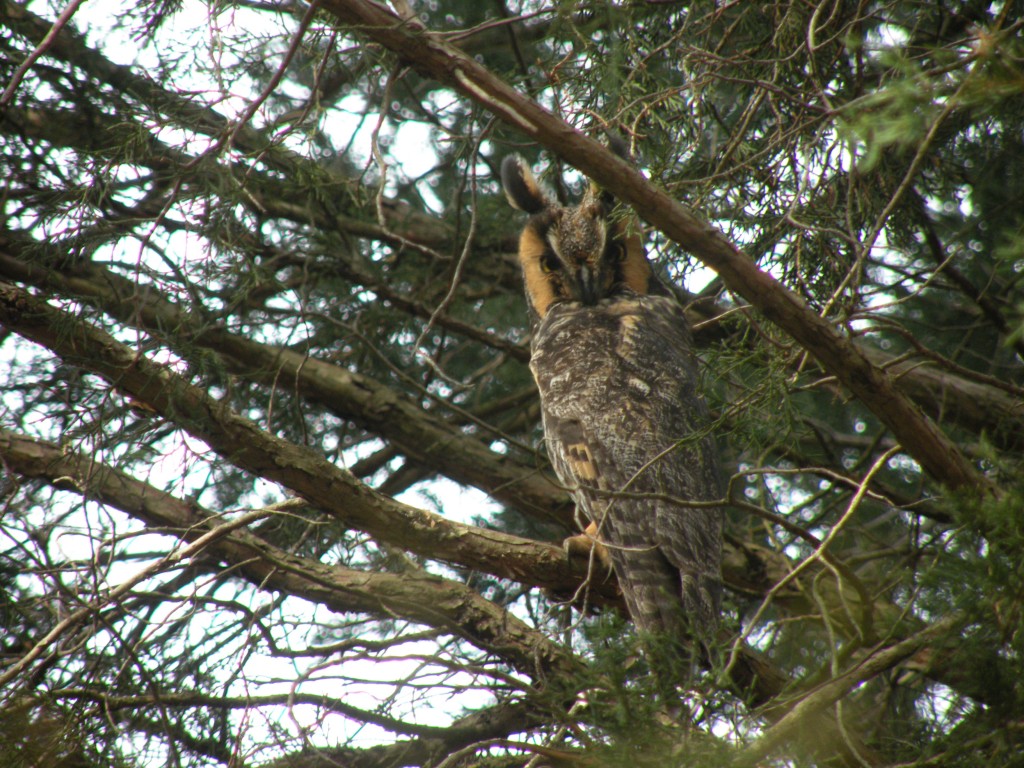
Perhaps a more vital sense the owl uses while hunting is its spectacular hearing. Underneath the thick feathers of the owl’s head lie large auditory canals capable of detecting the slightest movement of its prey. In some species, the ears are offset, with one ear tilted up and the other ear tilted down. This allows for the owl to not only hear sounds in front of or behind it, but also above and below it. This way, the owl can receive sounds from a full spectrum, and is sometimes capable of navigating towards prey based entirely on sound. Another useful adaptation used by the owls is their unique feathers, which, upon looking up close, are extremely bristled. These “fluffy” feathers limit the sound made when owls flap their wings, letting the owl stealthily catch their prey.
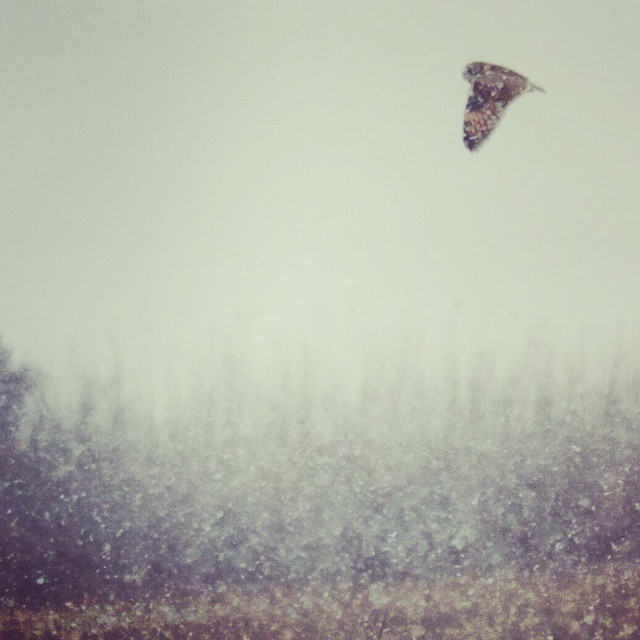
There are six species of owl found year-round throughout Maryland with varying prevalence: the screech owl, barred owl, great horned owl, barn owl, short-eared owl, and long-eared owl.
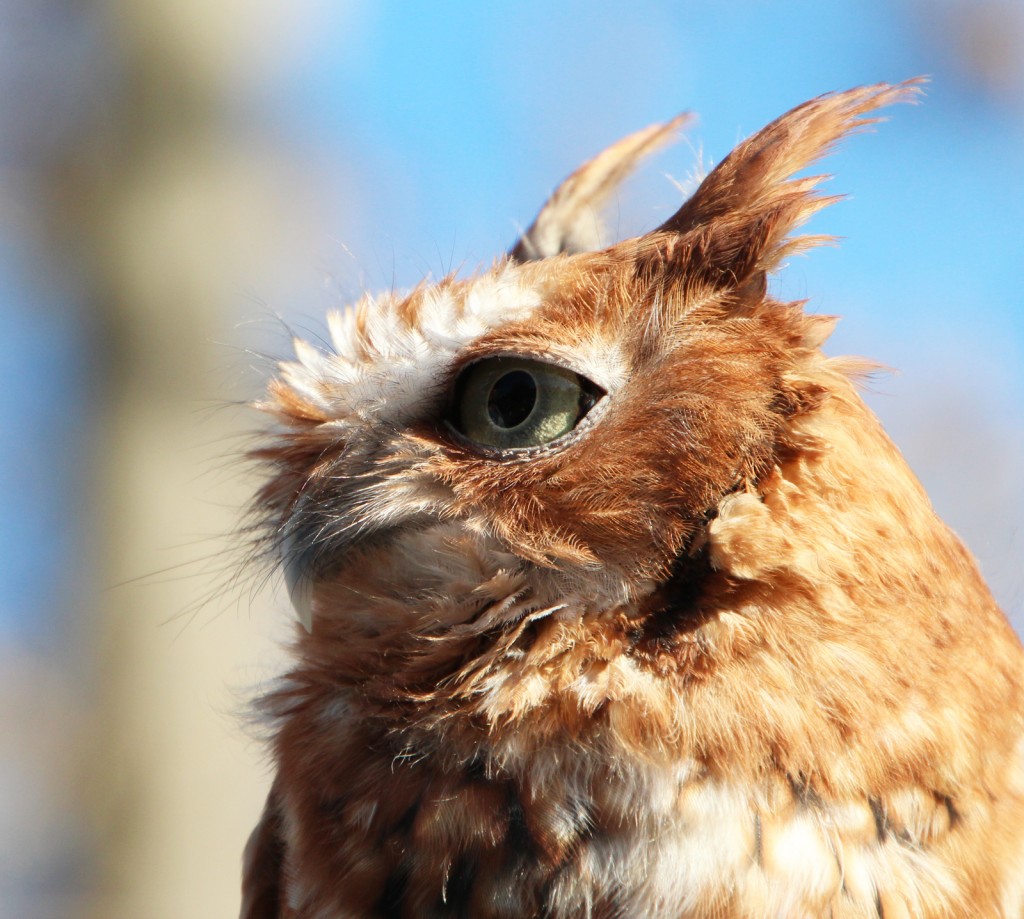
Screech owls are very common throughout the state and can be found in most habitats, sometimes even suburbia. They are small in size, eat insects and rodents, can be either red or gray in color, and are known for their call which sounds somewhat like a whinnying horse.
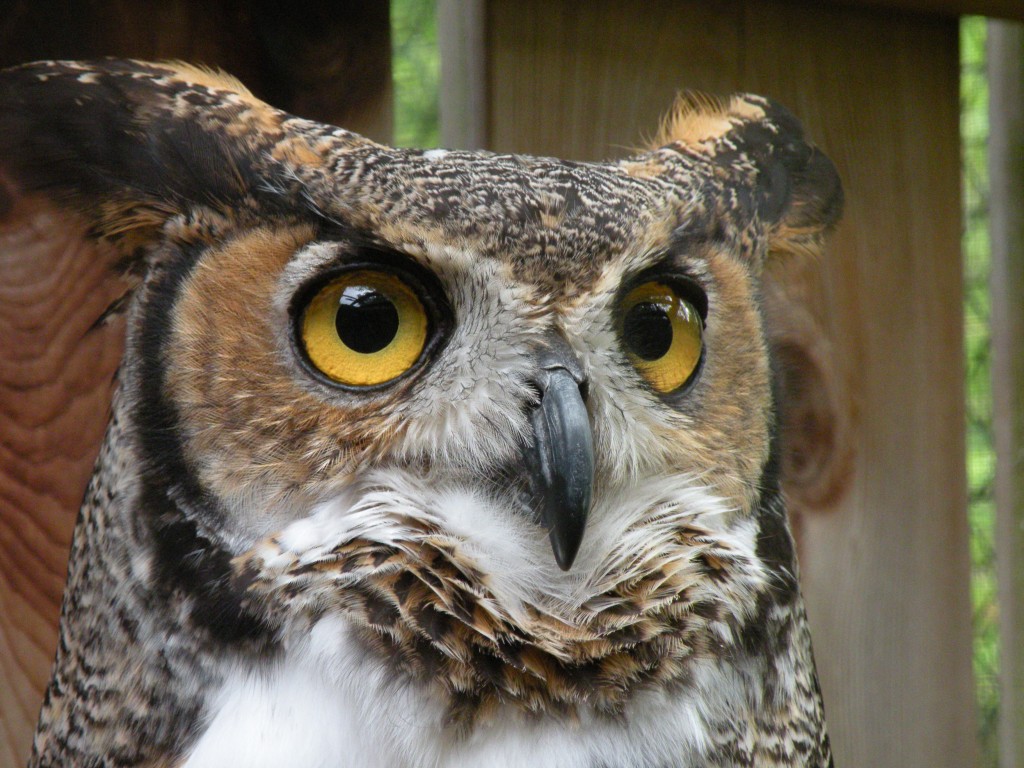
The great horned owl is the largest species of owl in Maryland, capable of subduing large prey such as rabbits, opossums, and skunks. This species makes the quintessential owl call: “Hoo hoo-hoo hoooo.”
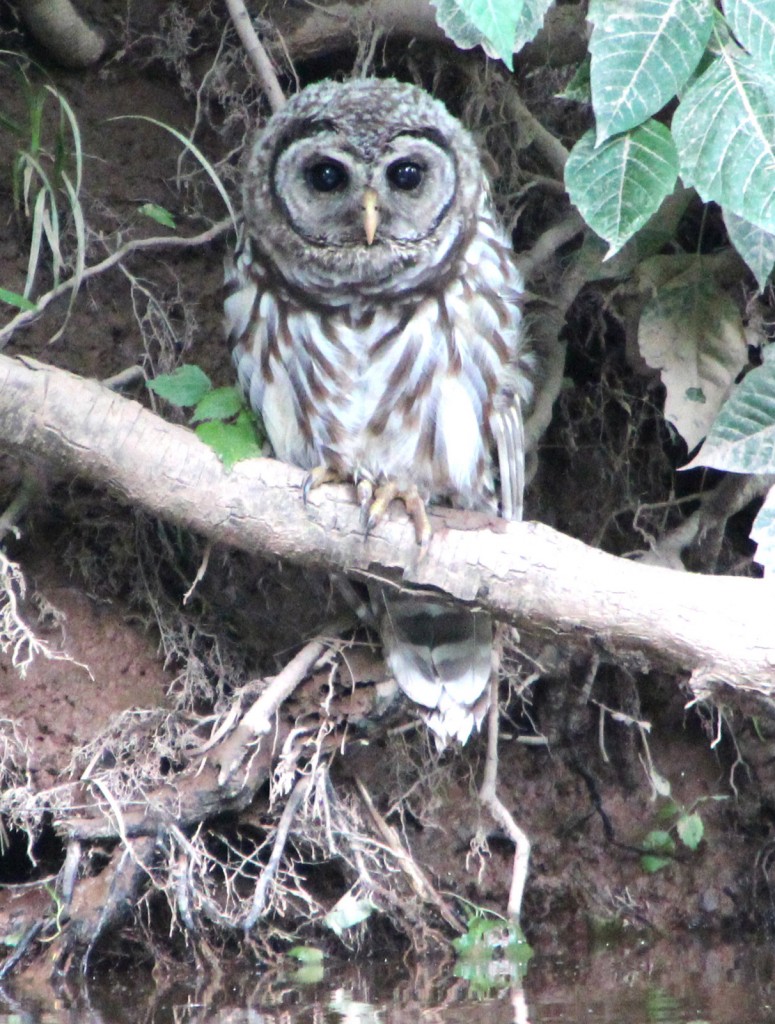
The barred owl is a common but unique species that inhibits wetlands and marshy areas. Named for the vertical brown stripes on their chests, this eater of crayfish and frogs emits a call that sounds like “Who cooks for you, who cooks for you all?”
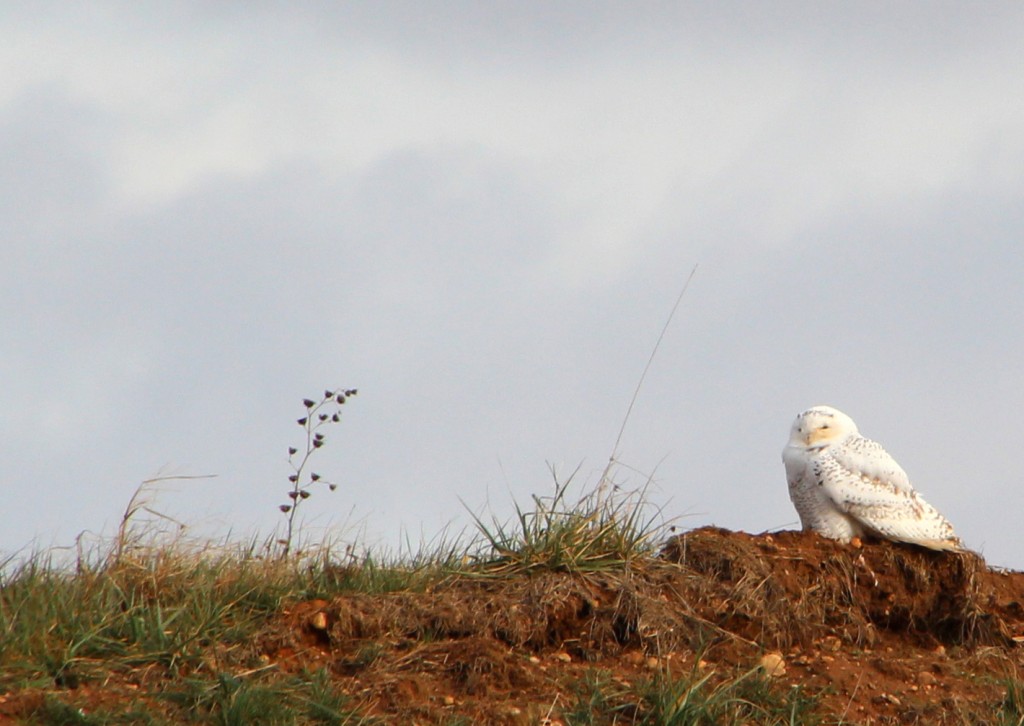
In the past year in Harford County, there have been some unordinary owl occurrences to go along with our usual species sightings. Last winter, Canada’s frigid cold weather forced a large part of the country’s snowy owl population down to the United States, with a few managing to make their way into Maryland. A beautiful white bird, they were seen in many large open habitats like meadows and agricultural fields. This tends to be a very rare event, but there have already been a few sightings of this majestic bird in Maryland this winter, so keep your eyes peeled!
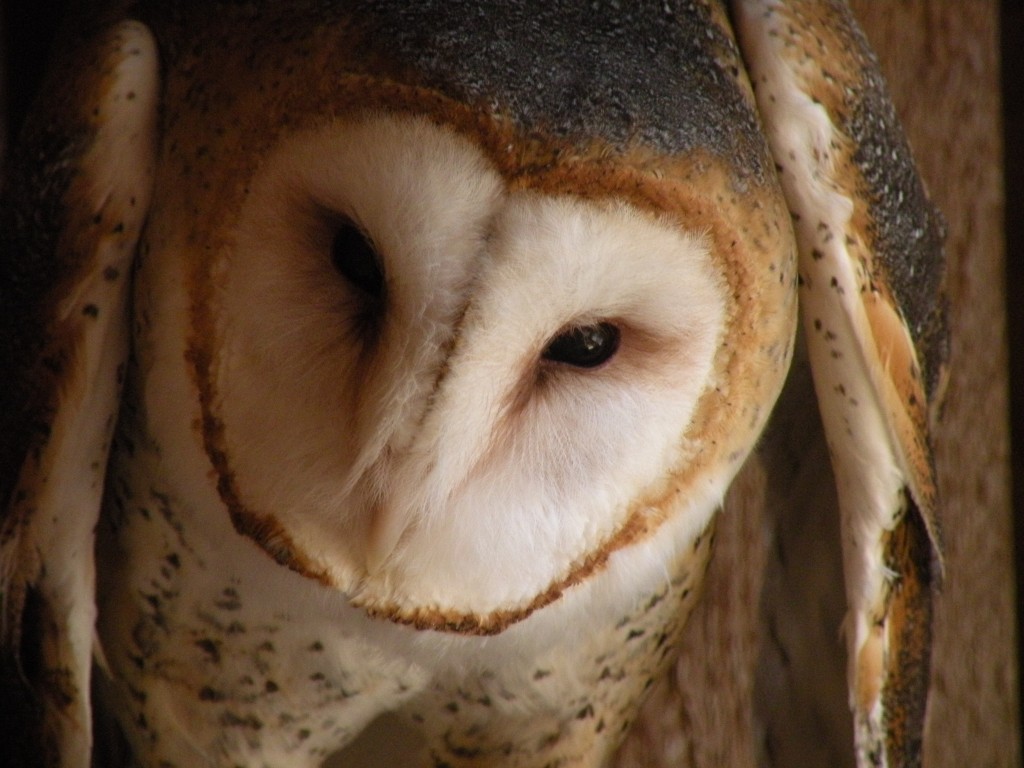
The barn owl, a distinct-looking bird with dark eyes and a heart-shaped face, is rarely seen and documented in Harford County, but a new barn owl nest was found here this year! Barn owls are cavity nesters, needing hollow trees in which to lay their eggs, and sometimes these cavities are hard to come by! This is positive news for this species as we do not know much about them – the Susquehannock Wildlife Society hopes to help our local barn owl population by building nest boxes so that they may have a place to breed. Donations are welcome to help out our local owls!
